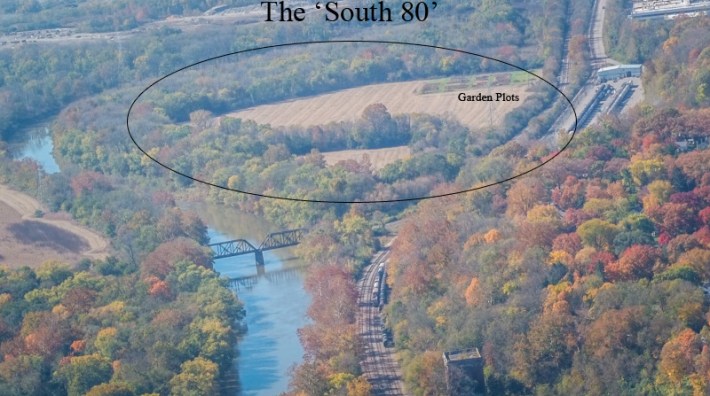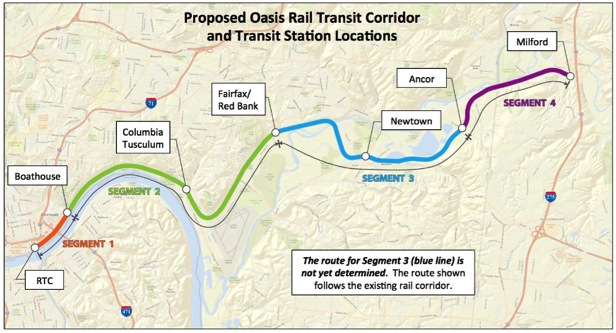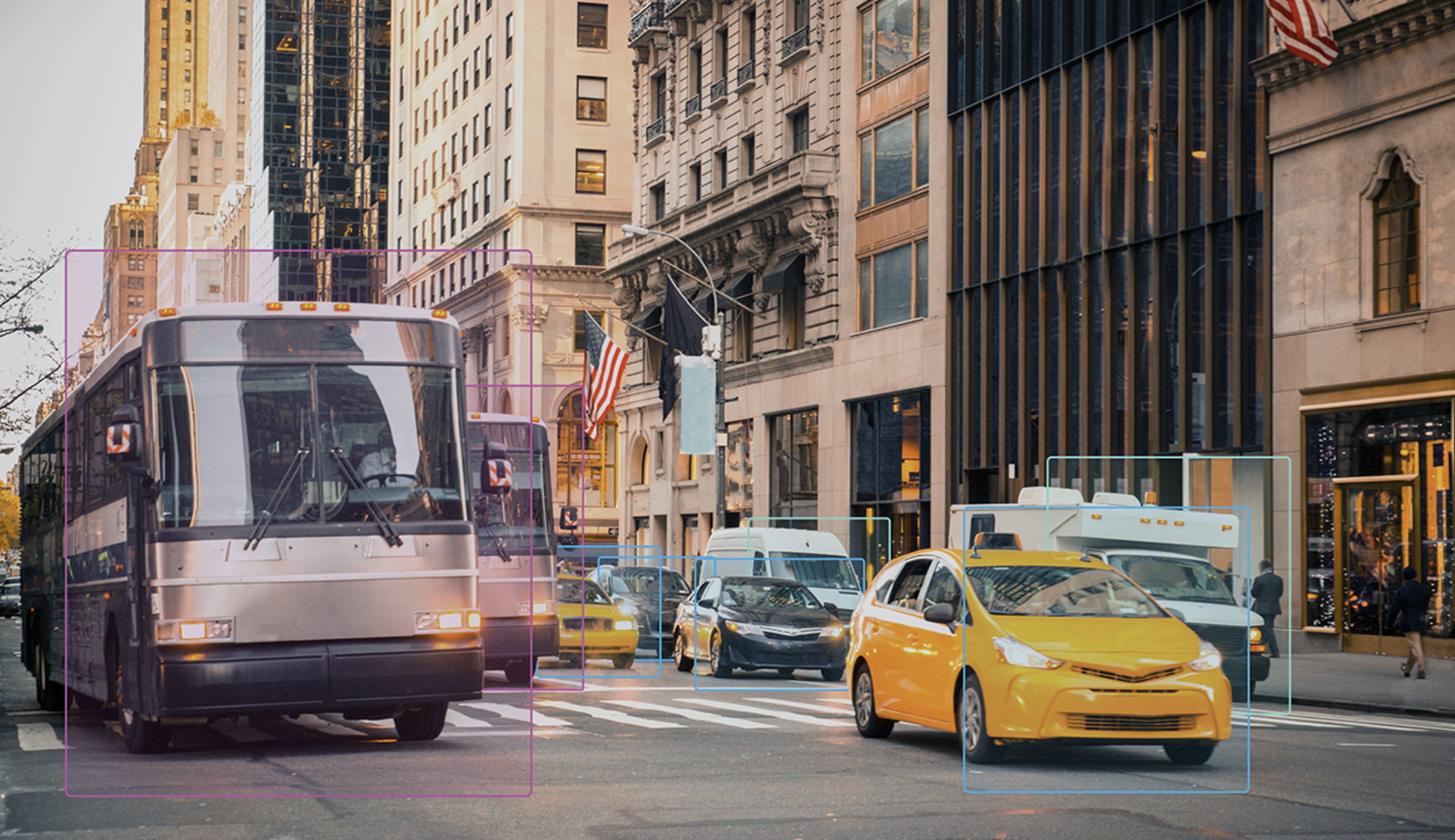The Eastern Corridor is an expensive state DOT highway project searching for a reason to exist.

The $1.4 billion proposal from Ohio DOT is ostensibly intended to reduce commute times from Cincinnati's far eastern bedroom communities to downtown. The project, a remnant of 1960s-era road planning, would create a commuter highway through the eastern Cincinnati region by widening and partially rerouting State Route 32, as well as widening Red Bank Road. The plan also contains commuter rail and bike infrastructure elements. Proponents, like the Cincinnati Chamber of Commerce, say it will shorten car commutes and promote job development in the eastern suburbs [PDF].
But even with those multi-modal goodies, nobody seems to like this highway -- not even the towns it is designed to serve, according to the Cincinnati Enquirer. Newtown (population 2,600) opposes it. The village of Mariemont (population 3,400) opposes it. Madisonville, an eastern Cincinnati neighborhood that would be served by the road, opposes it. "We don't need it," Newtown Mayor Curt Cosby told the Enquirer.
"The state keeps saying, 'Well, we hear you and we're taking that into account.' But they continue to move forward and spend money. They don't really hear us."
The Enquirer editorialized that Ohio DOT is "wasting" money on the Eastern Corridor that would be better spent on other projects. Passenger rail proponents don't like it either, since the 17-mile commuter line would go through sparsely populated areas and is expected to produce very little bang for the buck. Only 3,400 trips per day are projected by 2030, and only three of the 10 stops along the route were found to have significant development potential, according to a study by the engineering firm HDR.

In Anderson Township (population 44,000, about a 20-minute drive from downtown Cincinnati), where local officials do support the road, trustee Russell Jackson told the Enquirer that "nobody in the local communities really sees this incredible benefit to building this thing." Even the project's biggest supporter, Hamilton County Commissioner Todd Portune, objects to aspects of the state's plan.
So with resistance to the highway so strong and pervasive, has Ohio DOT decided to shelve it? Nope. Instead, the Federal Highway Administration recently hired a third-party mediator to reach an agreement between Ohio DOT and the highway opponents.
The mediator's report recommended eight possibilities. One is a "no-build" option, and the other seven are less harmful variations on the Eastern Corridor idea. Ohio DOT is expected to announce its decision soon.
Karen Sullivan, an architect who opposes the project, is determined to save her hometown of Mariemont, an inner-ring suburb known for its historic architecture and walkable design, from being bisected by a big new road. "Until they say 'no build,' I’m not going to rest," said Sullivan. "It just seems to have this momentum and life of its own. They’re just trying to find ways to make it happen."





